We were lucky to catch up with Lucia Rodriguez Perez recently and have shared our conversation below.
Lucia, looking forward to hearing all of your stories today. How did you learn to do what you do? Knowing what you know now, what could you have done to speed up your learning process? What skills do you think were most essential? What obstacles stood in the way of learning more?
One of the things I love about being an artist is that it is a never-ending learning process. I believe that the hardest part is reaching a point where you know enough to create work that truly reflects what you want to communicate. This involves not only acquiring technical skills but also developing critical thinking.
I have been fortunate to participate in programs that encouraged my growth in both of these areas. As a college student, I attended Universidad Católica de Chile in Santiago, where I learned to think about visual communication and artistic processes. Later, I earned my MFA from the New York Academy of Art in NYC, where I had the opportunity to learn from fantastic instructors about drawing, painting, and the broader context of these disciplines.
However, my learning did not come solely from traditional programs. A significant part of my development as an artist has involved viewing a lot of art, discussing it with fellow artists and thinkers, allowing other disciplines to influence me, and remaining open to learning and improving.
I wish I hadn’t doubted myself so much during my learning process. I was so eager to create my work that, at times, frustration would take over and slow me down. The reality is that to create good paintings, you often have to produce many bad ones first, and that is perfectly okay. This lesson took me a while to accept.
For me, the most essential realization so far in this process has been that visual art is a language in itself. We communicate through our work, and as a non-verbal, non-written language, it has its own set of rules. In this context, I have found color to be a powerful tool for connecting with viewers, and I have dedicated a considerable amount of time to understanding it.
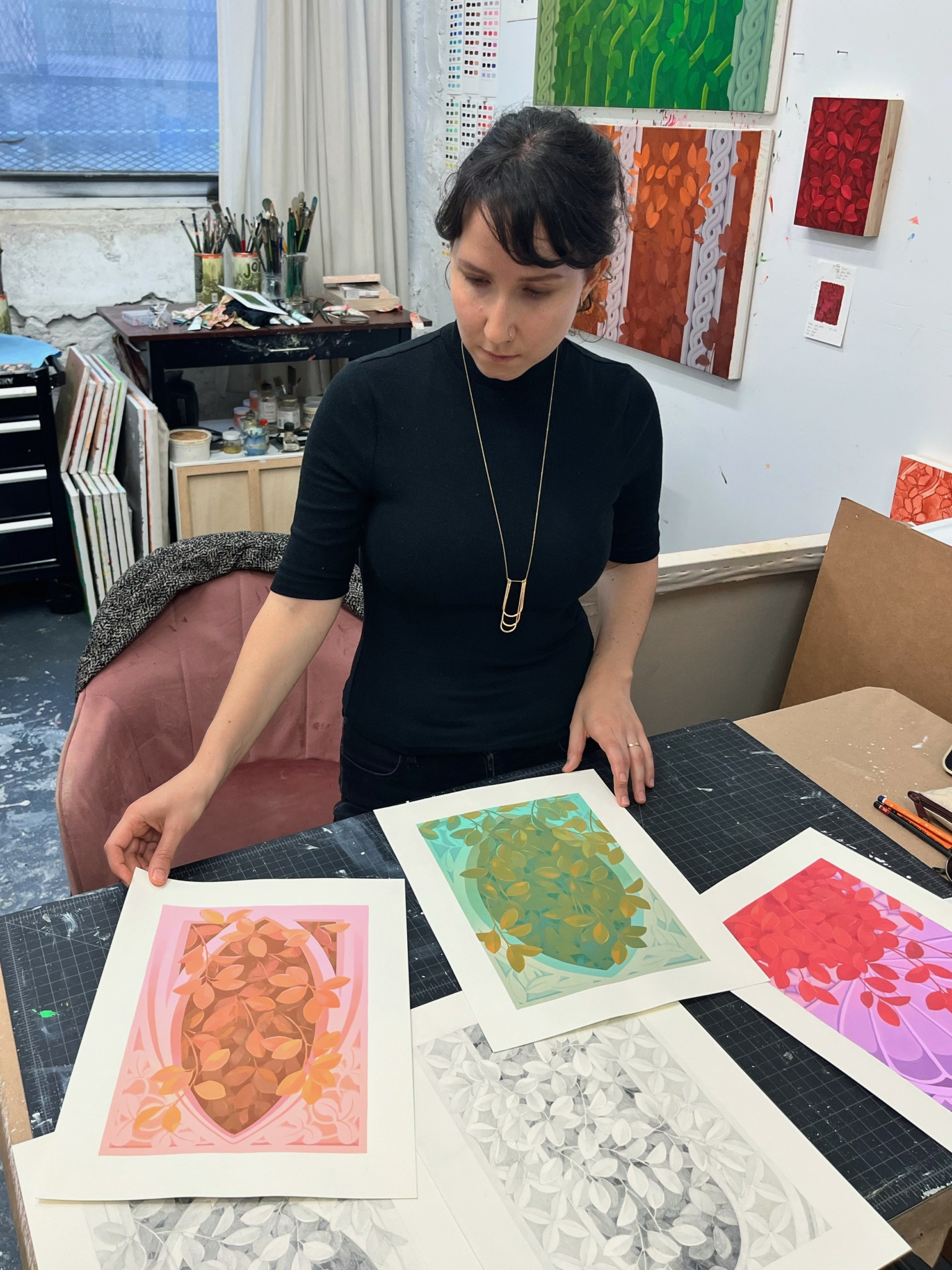
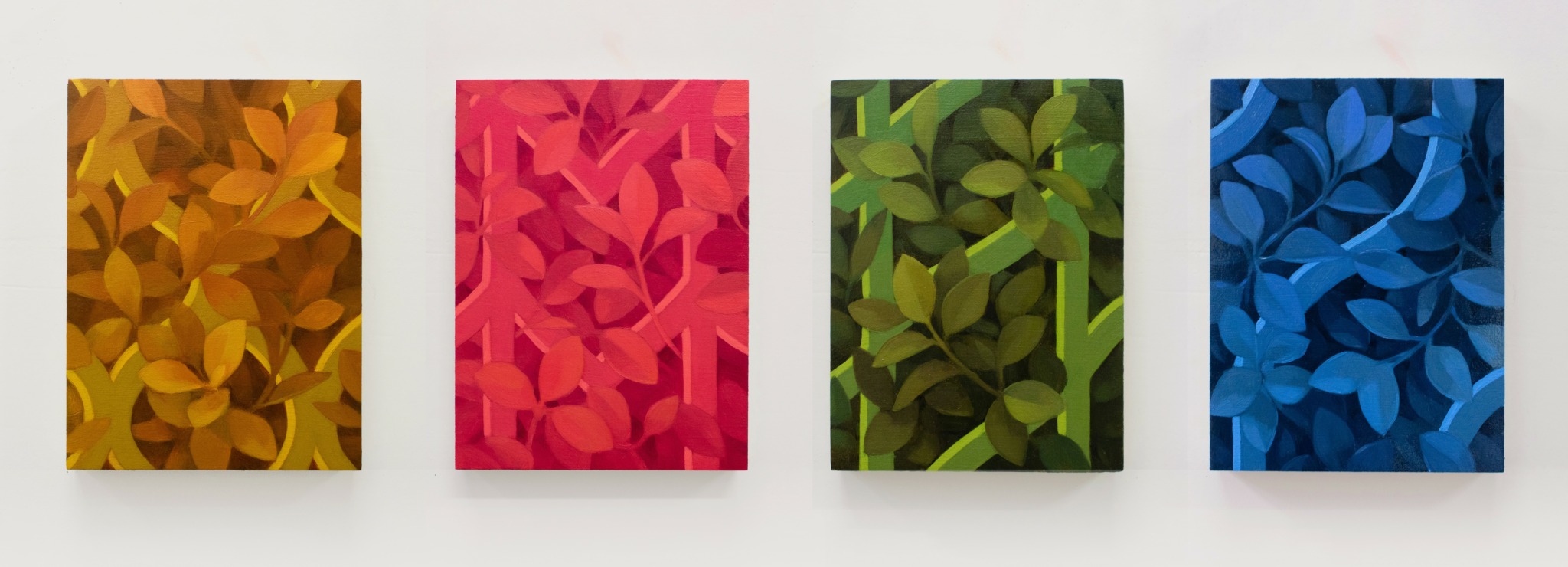
Awesome – so before we get into the rest of our questions, can you briefly introduce yourself to our readers.
I am a visual artist born and raised in Santiago, Chile. In 2014, I moved to New York City to pursue my Master of Fine Arts, and I currently live and work in Brooklyn, NY. From a young age, I felt a strong drive to be an artist because it is a discipline that allows me to think creatively with total freedom.
In recent years, I have been refining my practice, and focusing on creating paintings and drawings that evoke a dreamlike atmosphere. This style serves as an ideal way for me to explore intriguing themes such as ambiguity, desire, and illusion. I am fortunate to have had the opportunity to showcase my work in various spaces such as Salon21, Rachel Uffner Gallery in New York City, and Alto Gallery in Denver, Colorado.
I enjoy finding different contexts and opportunities to exhibit my art, engage in discussions, sell to collectors, and teach interested individuals through workshops and classes. I always enjoy to see viewers connect with my work and ask themselves questions and discuss.
I take great pride in my ability to develop and grow my practice despite the challenges it presents. Evolving as an artist requires significant time, energy, and funding that must be invested in the studio to transform my vision into reality.
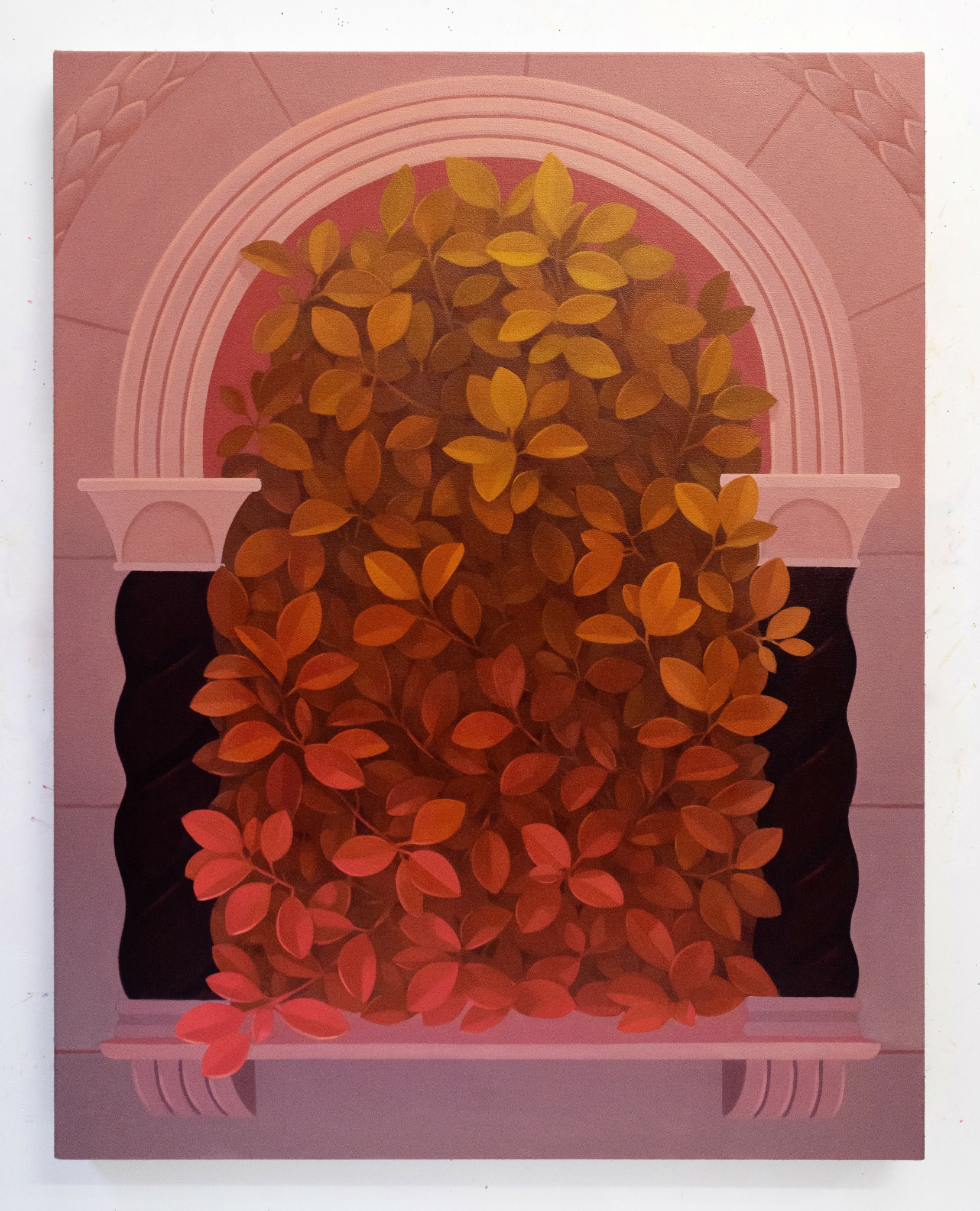
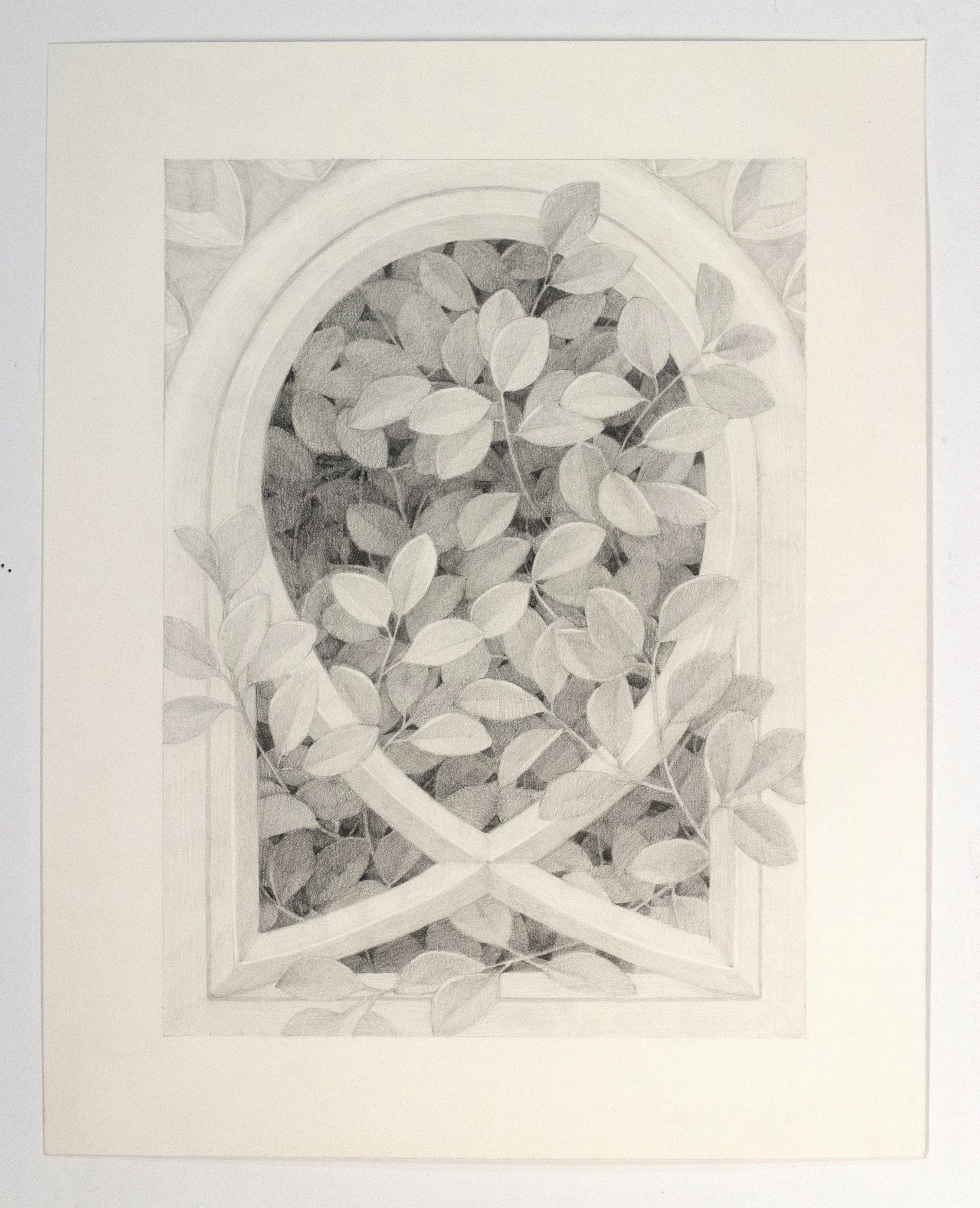
What do you find most rewarding about being a creative?
I’ve always felt a strong need for autonomy and independence, and I believe that committing to ace has provided me with that. While being a practicing artist certainly involves interacting with the world and understanding how other works and certain industries function, the time spent in creative practi the studio remains a sacred space for me. It’s where I can research and engage with the things I truly care about. This experience is incredibly rewarding. Every time I enter my studio to work on my art, I find a sense of independence and a unique opportunity to understand myself and what inspires me. I also see an art practice as a space where I can always keep learning and working in different ways. For me, that flexibility and variety is priceless.
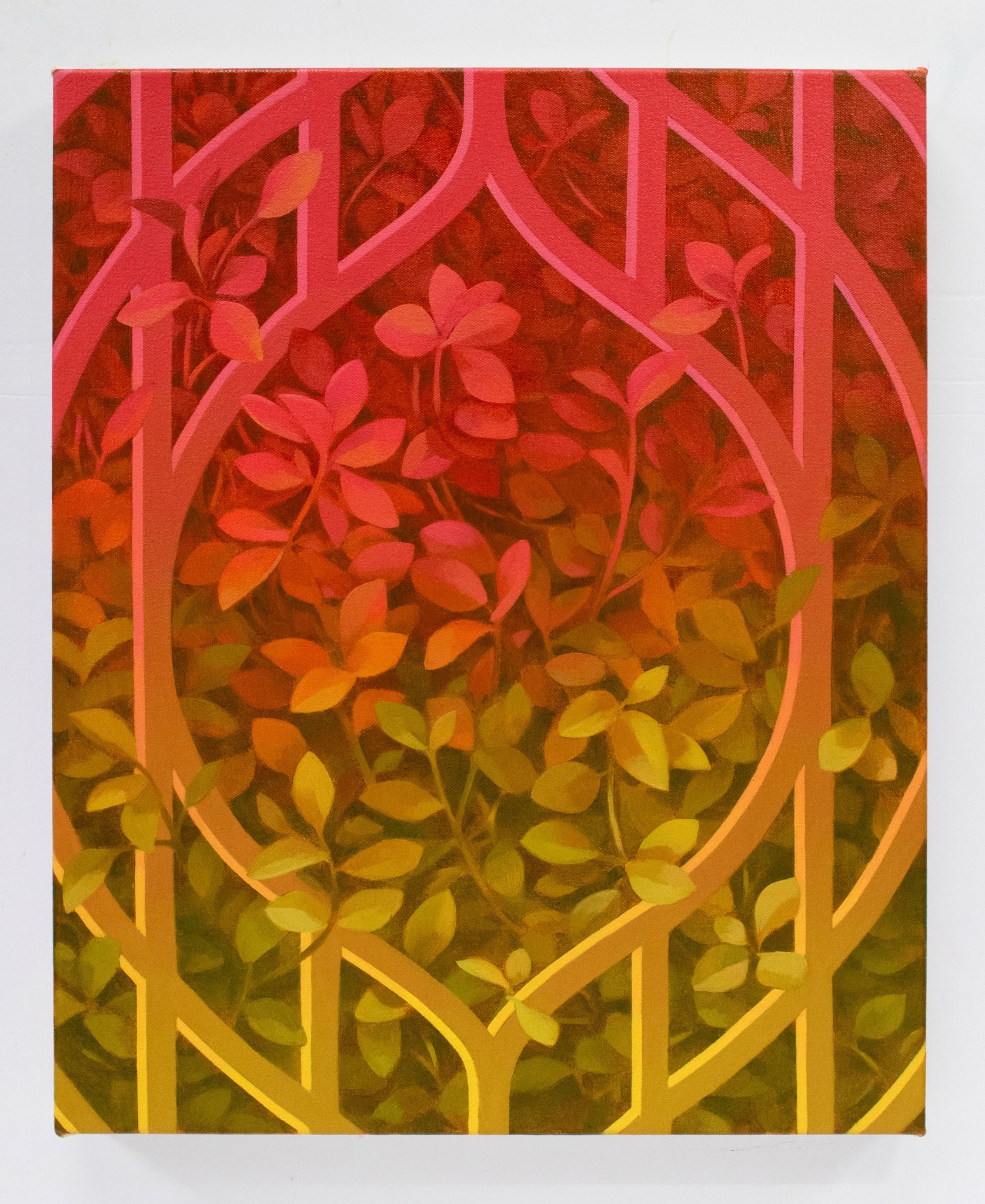
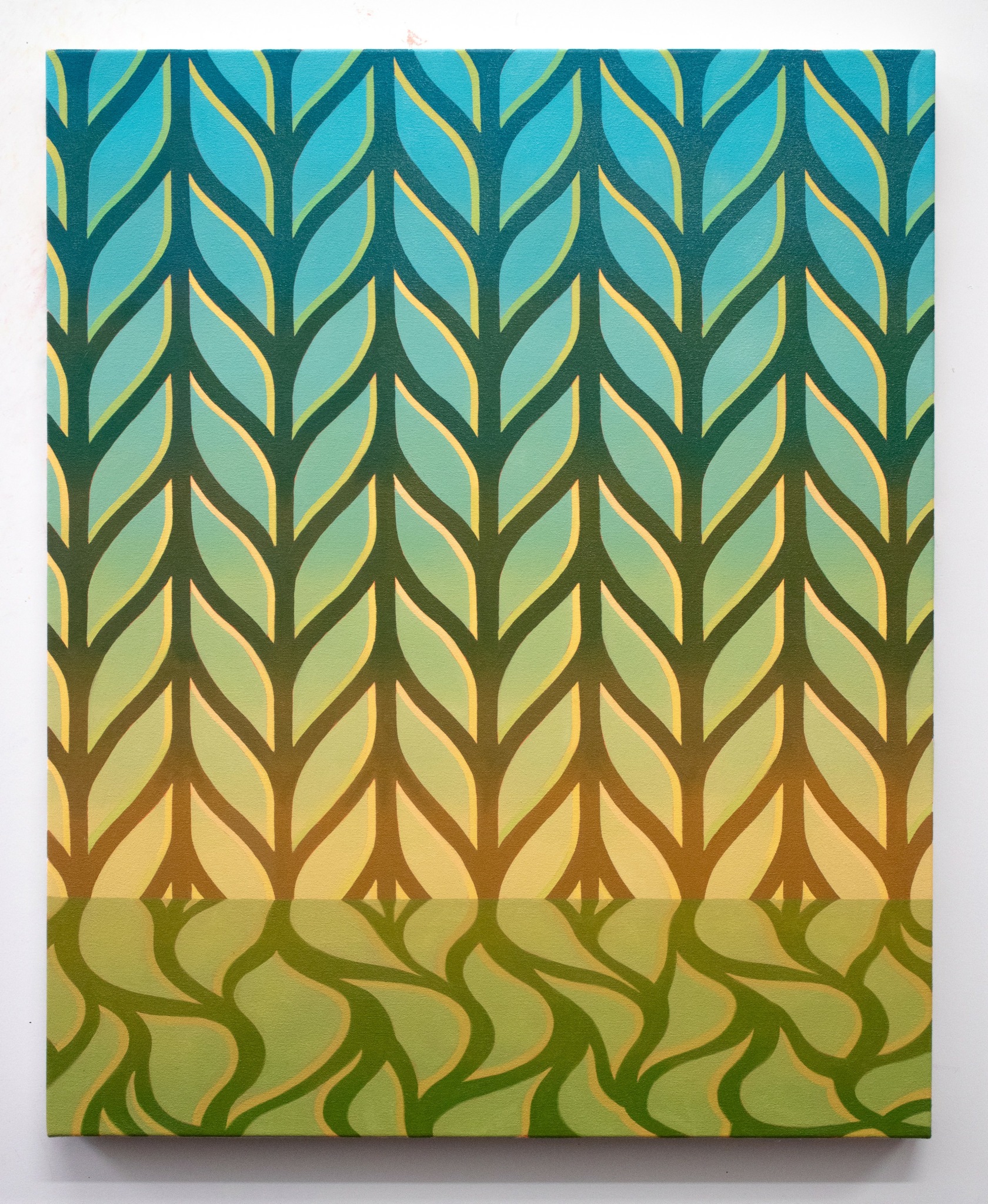
Learning and unlearning are both critical parts of growth – can you share a story of a time when you had to unlearn a lesson?
One of the most important lessons I had to internalize was understanding the difference between my studio practice and our role as artists in the world. During my time as a student, the emphasis was always on art practice, research, our interests, and the intellectual questions we were exploring. While this was motivating and enriching, I didn’t fully grasp the distinction between what my studio practice meant to me and the impact that this art could have on others.
As professionals, we operate within a system that encompasses various ways of living and thinking. The challenge for artists is to navigate this complex environment and find a place for our artwork without compromising our interests. This isn’t an easy task, and for a while, I lost sight of this balance. I became so absorbed in my own artistic journey that I overlooked the role of the audience in the process.
It became important for me to reflect on my work and professional presence, asking myself: what is my audience seeing, and how can I connect with them more effectively? I have found this to be crucial if we want to have a sustainable career in the arts.
Contact Info:
- Website: https://www.luciarodriguezart.com
- Instagram: @luciadivina
- Other: Uprise Art Profile https://www.upriseart.com/artists/lucia-rodriguez-perez
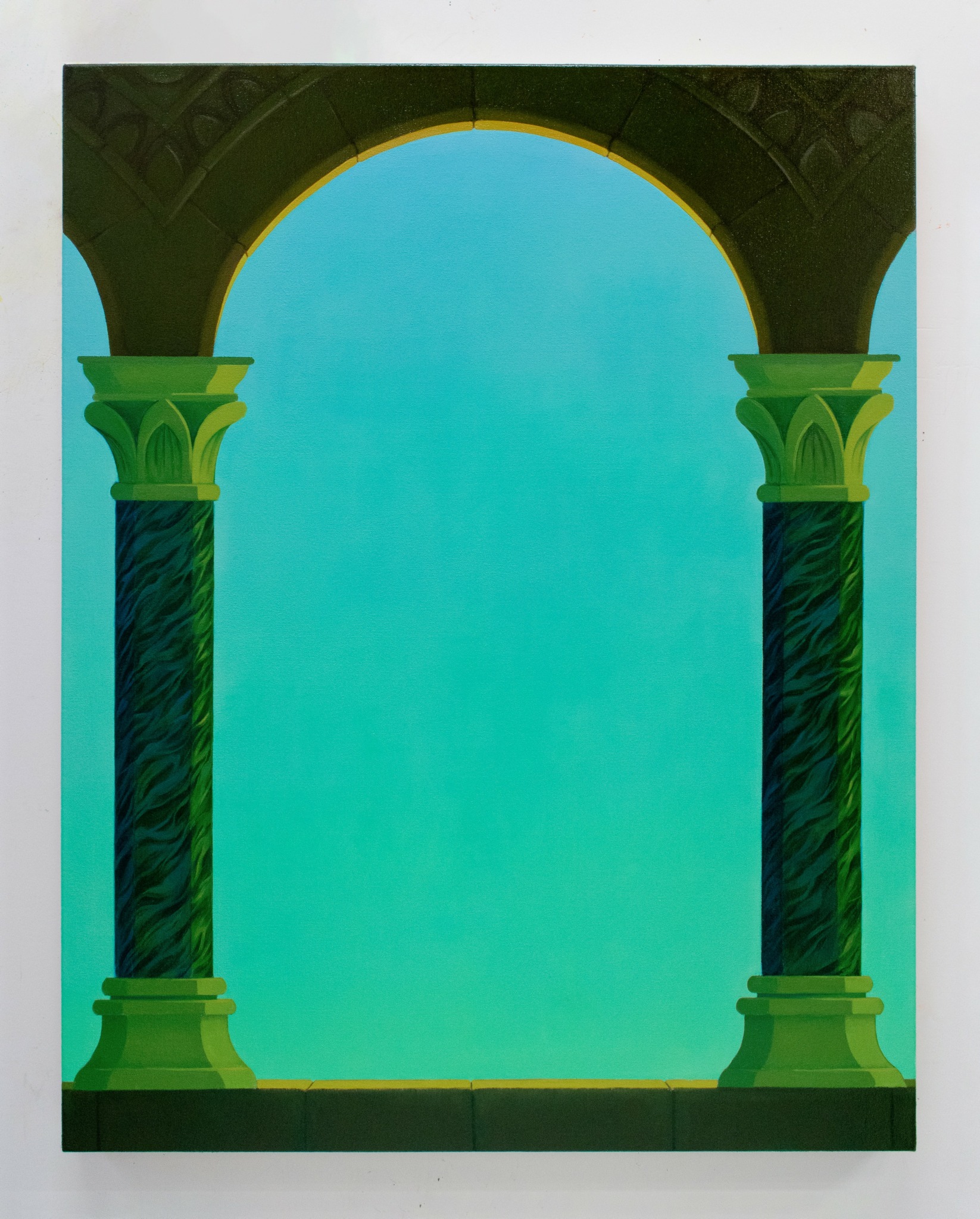
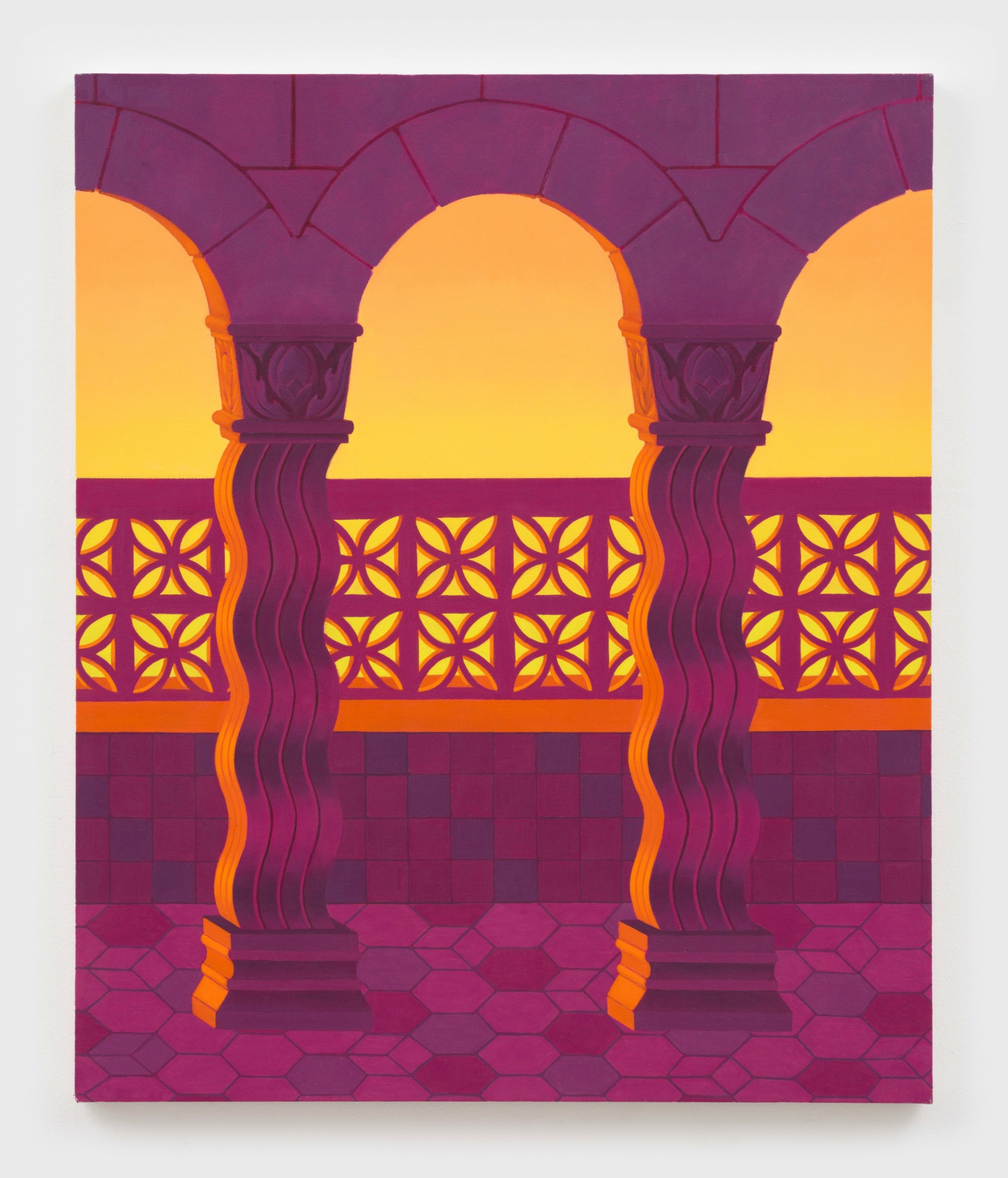
Image Credits
N/A


